Dolby Digital vs DTS: What’s the difference?
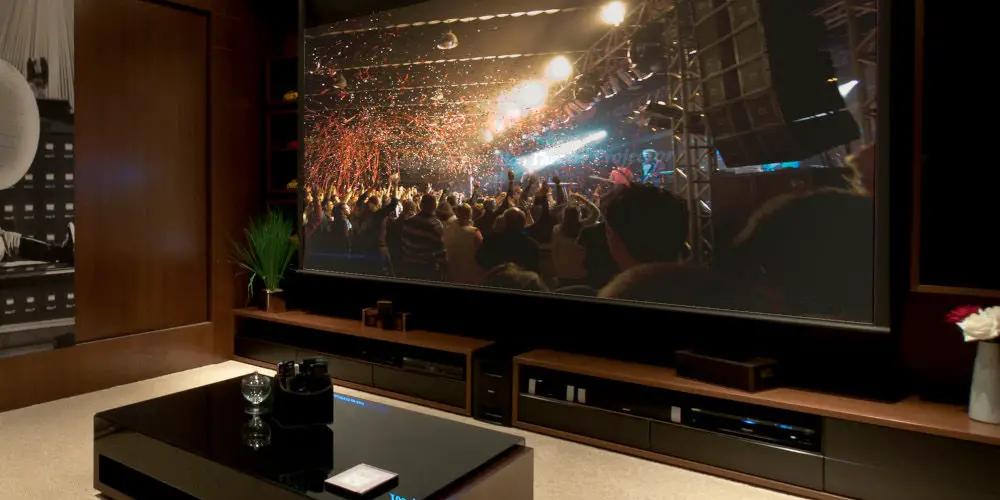
Should you be using Dolby Digital vs DTS or how about Dolby Atmos vs DTS:X?! It seems that there’s a new audio format always being created but what’s the difference and which is the right for my home?
With technological advancement in home cinema equipment, we’ve seen a few new surround sound formats released for the consumer market. They all promise to faithfully recreate the audio as it was first intended but which delivers on that promise.
Let’s start with a recap of the basics and compare two of the most popular surround sound formats available: Dolby Digital vs DTS.
Making sense of audio formats
There’s so much terminology involved in building a home cinema that it’s easy to get confused. Simplify it for a moment, both DTS and Dolby Digital are audio compression technologies.
They take the large files of the surround sound audio tracks and shrink them into a format that can be easily reproduced by the equipment found in cinemas as well as home audio equipment without losing quality.
On the surface, this all seems well and good. You might even wonder what’s the difference between the two as both deliver realistic, awe-inspiring multi-channel audio.
The difference between Dolby Digital vs DTS is quite boring and techy! Each technology encodes audio differently.
Some will argue that DTS is superior as it’s encoded at a higher bit rate. Others insist that the technology behind Dolby Digital is more advanced and so produces a better sound quality at a lower bit rate.
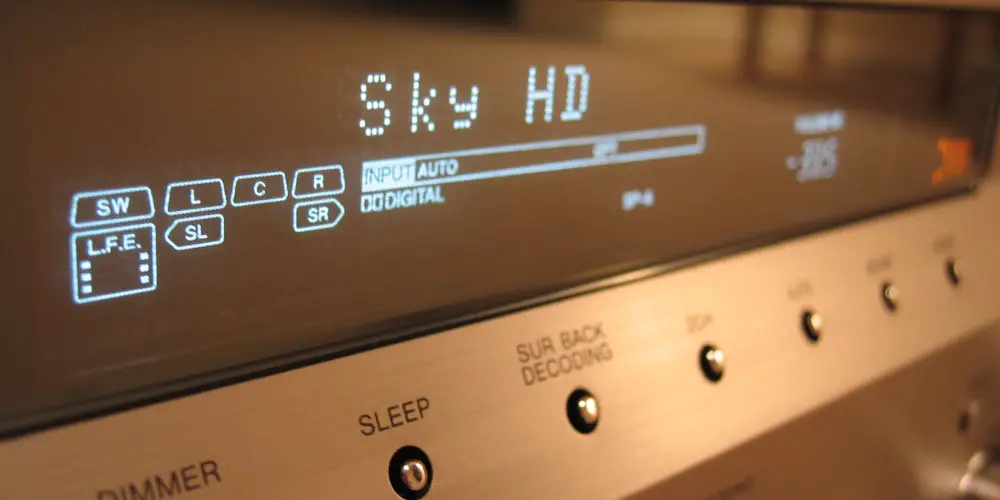
Do I need additional or specialist equipment?
With that clearer, you probably are wondering which one will I prefer or can I use it with my current equipment?
Thankfully, both are widely supported by manufacturers and so you should be able to try both and make up your mind based on what sounds better for your set-up.
You’ll find DTS and Dolby Digital in Blu-ray players, home cinema systems, games consoles, computers, set-top boxes and even smartphones.
If you’re using the standard 5.1 channel AV receiver to power 5 speakers and a subwoofer (the most typical home cinema speaker set-up) then you should be able to select between both DTS and Dolby Digital.
Likewise, if you running a 7.1 surround sound system complete with height speakers, then you’ll be able to use DTS:X and Dolby Atmos as these build on the two basic formats while offering an extended and richer sound field.
What is Dolby Digital?
Created Dolby Labs, Dolby Digital is a multi-channel audio codec. Many consider it the industry standard for cinematic surround sound as it delivers an exciting audio experience. Not to mention Dolby Labs is far older than DTS.
Batman Returns (1992) was the first film to use Dolby Digital. Over the years since, Dolby has continued to innovate, releasing multiple and increasingly advanced codecs. Dolby Digital Plus is one such example, which supports HD surround sound and up to 7.1 speaker channels.
If you’re only satisfied with the best, you’ll want to consider using Dolby TrueHD, which is a lossless format that promises to be identical to the movie studio’s master recording.
Of course, Dolby Atmos is the next level up as it offers the next-gen, object-based audio system.
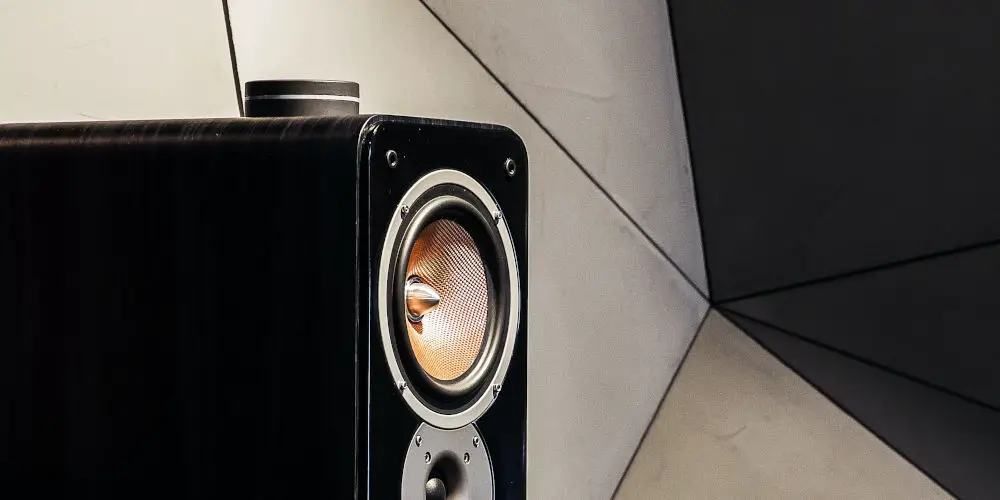
What is DTS?
Founded in 1993, DTS (or originally Digital Theater Systems) was conceived to directly compete with Dolby Labs. Steven Spielberg gave the company their first big break when he used DTS for Jurassic Park (1993).
Fast forward a few years to 1996, DTS began to be integrated into consumer-level audio equipment. While Dolby is still the dominant name, some audiophiles are convinced that DTS offers a better sound quality because it encodes audio at higher bit rates.
Since then DTS has continued to release a range of advanced surround sound formats including DTS-HD High Resolution, which supports up to 7.1 speaker channels. They’ve also launched DTS-HD Master Audio, a lossless format.
DTS:X competes directly with Dolby’s Atmos and offers a fully immersive audio experience, again using their proprietary technology.
Exploring the differences between Dolby Digital vs DTS
The major differences between Dolby Digital vs DTS are the compression levels and bit rates.
Dolby Digital
Dolby Digital compresses 5.1 digital audio down to a bit rate of 640 kbits/s (kilobits per second) for Blu-ray discs. For DVDs, it a slightly lower bit rate of up to 448 kbits/s.
DTS
DTS is less compressed and supports higher bit rates of up to 1.5Mb/s (megabits per second). For DVDs, it supports up to 768 kbits/s.
HD formats
As you move up to HD formats, the compression gap widens. Dolby Digital Plus supports up to 1.7Mbps, while DTS-HD High Resolution supports up to 6Mb/s.
Compression when encoding
Using less compression during encoding equals more detailed audio, meaning the soundtrack you listen to is closer to what was originally intended, well that’s the theory anyway.
But that’s only part of it. As each system uses a unique codec to compress the audio, they have a different secret sauce. Dolby insists that their codecs are more efficient than the DTS ones, so they sound just as good or better, despite their lower bit rate.
Dolby Digital vs DTS
The bottom line is that both provide excellent audio that elevates your movie watching experience to a professional standard. Typically, the choice comes down to the film’s director/producer and which they feel the source material should be released in.
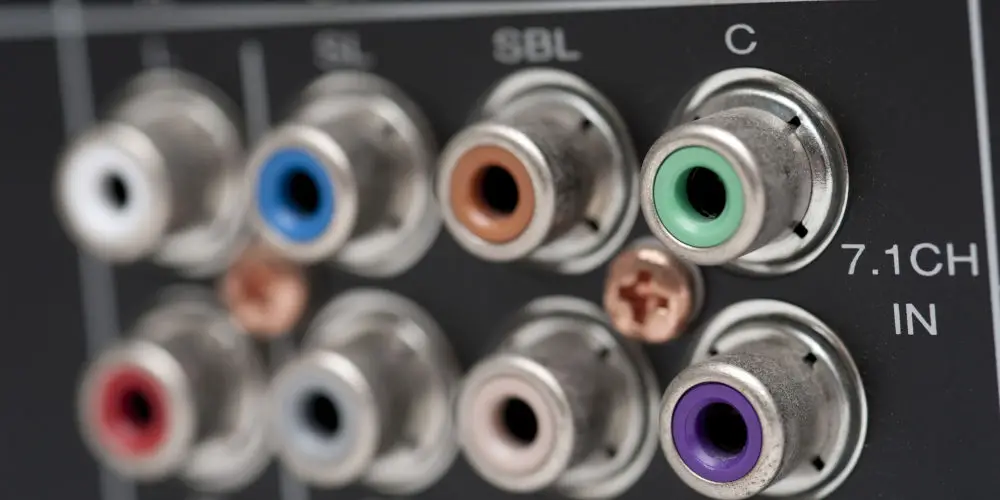
Defining the difference between DTS:X vs Dolby Atmos
Offering a step up from the traditional surround sound, both are cutting-edge home cinema audio technologies. They recreate object-based effects and place them correctly within the sound field, thanks to additional speakers.
For example, In a standard 5.1-channel surround sound system, a plane flying across the screen can feel flat as the speakers project the sound at your ears and not overhead. By adding additional height speakers above, DTS:X and Dolby Atmos make it feel like there is a plane flying overhead!
Again, they both create an immersive audio experience but use different methodology with many key differences.
Dolby Atmos
Using speakers in the ceiling, Dolby Atmos surrounds you in sound from every angle. Not keen on cutting holes in your ceiling? You can use upfiring drivers that throw sound towards the ceiling, which is then reflected down on the listener. Some soundbars also offer this feature.
As Dolby Atmos has grown in popularity, so has the range of products available that use this technology. Also, the range of media available in this format is growing with Blu-rays, streaming service (Prime Video and Netflix) and even some TV broadcaster are experimenting with Atmos.
DTS:X
Using complete different technology, DTS:X is slight more flexible as it works with standard surround sound speaker set-ups. You don’t need any additional overhead speakers.
DTS:X allows you to manually adjust sound objects. You could, for example, increase the volume of voices, making dialogue easier to hear over loud effects.
As you don’t need to add additional hardware, many manufactures are offering DTS:X support either by releasing new models or by firmware updates for existing receivers.
That said, the uptake of DTS:X has been slow with both Amazon Prime Video (30-day FREE trial) and Netflix not currently supporting the format, instead preferring to release content in Dolby Atmos.
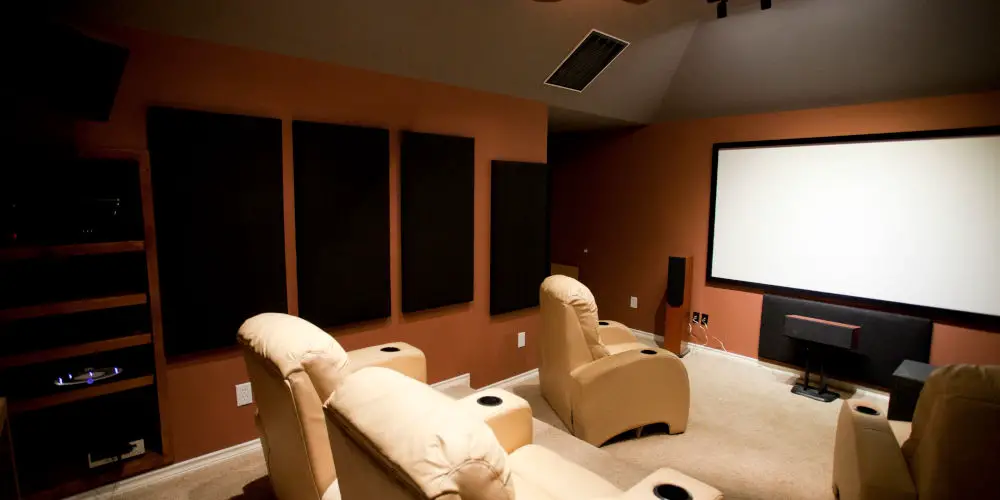
Dolby Digital vs DTS: Which is your best option?
If you were to compare specifications alone, you probably would conclude that DTS comes out on top. It uses less compression and higher bit rates, meaning it promises a more realistic sound experience.
That said, many audiophiles prefer Dolby Digital vs DTS as the additional speakers, a superior signal to noise ratio and unique codecs provide a better overall listening experience in real-world conditions.
It’s worth bearing in that technologies are constantly evolving and adapting. One way to ensure you’re enjoying the ultimate experience is to invest in quality components and upgrade elements when it makes sense. Next, ensure you’re viewing the highest possible quality source material.
By following these tips, you’ll enjoy the experience whether you’re listening to Dolby Digital vs DTS or Dolby Atmos vs DTS:X!




